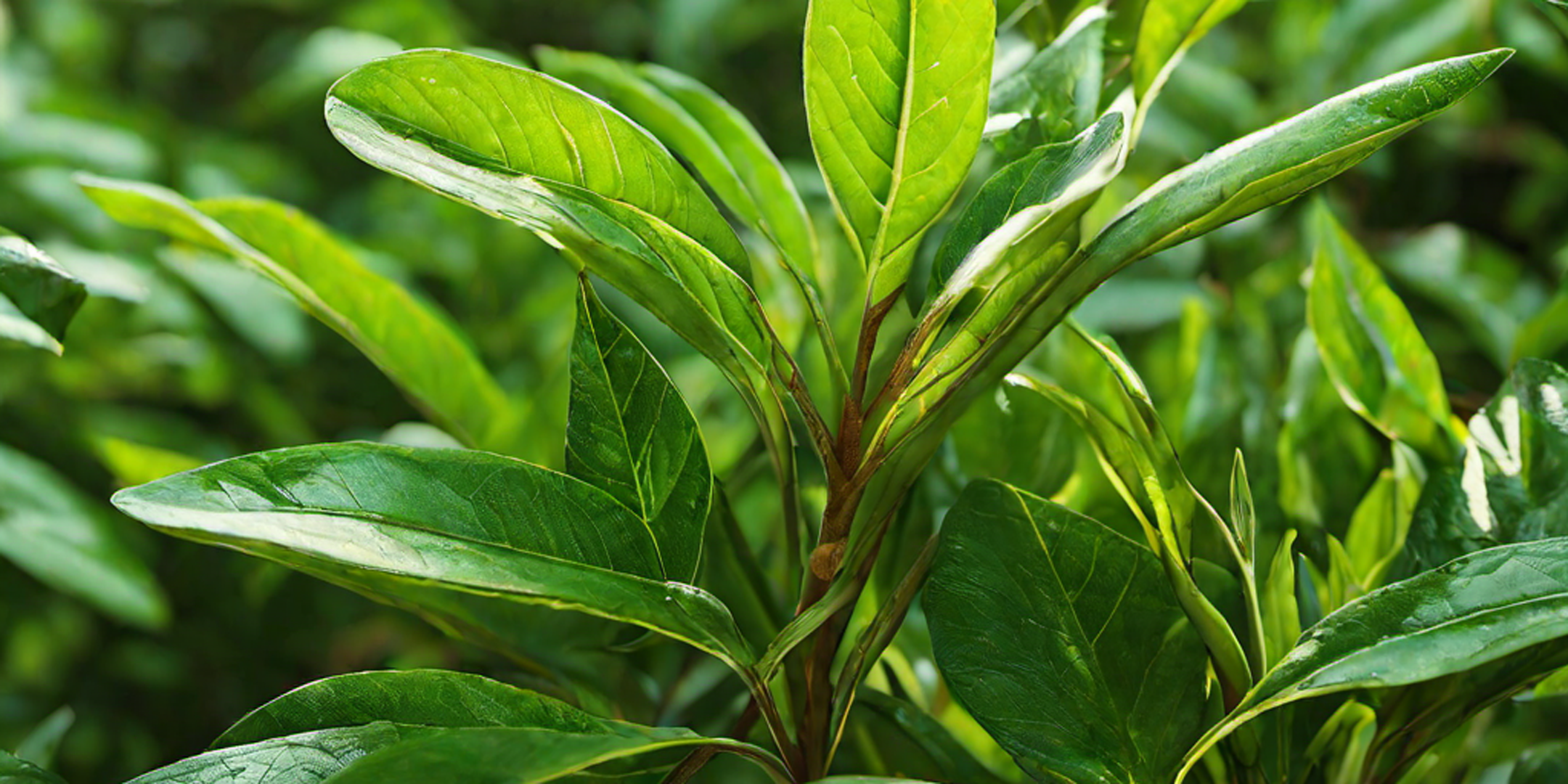Step into the colorful world of Chinese tea and uncover the hidden meanings behind these intriguing color terms. In Chinese culture, colors hold significant symbolism, and tea is no exception. From the vibrant green of Longjing tea to the deep red hues of Hongcha, each color tells a story and reflects the tea's unique characteristics.
The Importance of Tea Color in Chinese Culture
Tea has been an integral part of Chinese culture for centuries, and its colors play a crucial role in understanding and appreciating the different types of tea. In Chinese traditional medicine, colors are believed to have a direct impact on the body and mind. Therefore, the color of tea is seen as a reflection of its essence and the effects it has on the drinker.
In addition to the medicinal aspect, colors hold symbolic meanings in Chinese culture. They represent various elements, emotions, and virtues. Tea, being deeply ingrained in Chinese society, has inherited these symbolic associations. By understanding the significance of tea colors, one can gain deeper insights into the tea's characteristics and the experiences it offers.
Green Tea - The Color of Youth and Vitality
The first color term we explore is Lu Cha, or green tea. Known for its vibrant green color, this tea represents youth, vitality, and rejuvenation. Green tea leaves undergo minimal processing, preserving their natural green color and maximizing their health benefits. It is often associated with new beginnings, growth, and the awakening of the senses.
Green tea is packed with antioxidants, making it not only refreshing but also beneficial for overall well-being. The vibrant green color is a visual representation of the tea's high antioxidant content. When brewed, the tea liquor takes on a light green hue, further emphasizing its connection to freshness and vitality.
Green tea is celebrated for its numerous health benefits, including boosting metabolism, improving heart health, and reducing the risk of chronic diseases. Its color serves as a reminder of the tea's potential to invigorate and revitalize the body and mind.
Black Tea - The Color of Strength and Boldness
Moving on to the darker shades, we encounter Hong Cha, or black tea. Despite its name, black tea is not completely black in color but rather a deep reddish-brown. This color symbolizes strength, resilience, and balance. The process of making black tea involves fully oxidizing the tea leaves, resulting in a rich and robust flavor profile.
Black tea has a bold and distinct aroma, often described as malty or fruity. It is associated with warmth and comfort, making it a popular choice for those seeking a cozy and invigorating tea experience. The deep red infusion of black tea is visually striking and represents the tea's ability to provide a sense of stability and equilibrium.
In Chinese culture, black tea is often consumed during times of stress or fatigue, as it is believed to provide a much-needed energy boost. Its color serves as a reminder of the tea's potency and ability to fortify the body and mind.
White Tea - The Color of Purity and Tranquility
Bai Cha, or white tea, is characterized by its delicate and pale color. The name "white tea" does not refer to the color of the tea leaves but rather to the silvery-white hairs found on the young tea buds. This color term represents purity, simplicity, and tranquility.
White tea is the least processed type of tea, with minimal oxidation and handling. The leaves undergo a simple process of withering and drying, preserving their natural appearance and delicate flavors.The pale color of white tea reflects its gentle and subtle nature, offering a calming and serene tea experience.
The light infusion of white tea resembles a pale yellow or light golden hue. This color further emphasizes the tea's association with purity and simplicity. White tea is cherished for its subtle flavors, often described as floral, sweet, or nutty. Its color symbolizes the tea's ability to provide a sense of peace and tranquility amidst the chaos of everyday life.
Oolong Tea - The Color of Balance and Harmony
Oolong tea, known as Qing Cha or Wulong Cha, occupies a unique space between green and black teas. It undergoes partial oxidation, leading to a diverse array of flavors and aromas. The color of oolong tea reflects this partial oxidation, showcasing shades that can vary from light green to dark amber.
The color term Qing Cha represents balance, harmony, and energy. Oolong tea is celebrated for its complex flavor profiles, which can range from floral and fruity to toasty and nutty. Its color symbolizes the tea's ability to strike a balance between the freshness of green tea and the boldness of black tea.
The range of colors in oolong tea signifies the diverse range of experiences it offers. Lighter oolongs tend to have a more delicate and refreshing character, while darker oolongs exhibit deeper and more robust flavors. The color of oolong tea serves as a visual representation of the tea's ability to harmonize and uplift the senses.
Yellow Tea - The Color of Elegance and Refinement
Yellow tea, or Huang Cha, is a rare and highly prized type of tea in China. The color term Huang Cha represents elegance, refinement, and the earth element. The tea leaves undergo a unique process called "sealed yellowing," which gives the tea its distinct yellow color and character.
Yellow tea is known for its smooth and mellow flavors, often described as buttery, sweet, or vegetal. The infusion of yellow tea takes on a golden yellow hue, reflecting the tea's association with warmth, happiness, and the earth element. The color of yellow tea symbolizes its ability to provide a sense of grounding and sophistication.
Due to its rarity, yellow tea is often considered a luxury tea in Chinese culture. Its delicate flavors and beautiful color make it a favorite among tea connoisseurs seeking a refined and elegant tea experience.
Red Tea - The Color of Warmth and Passion
The final color term we explore is Hong Cha, or red tea. Unlike black tea, which is known as Hong Cha in Chinese, red tea refers to a specific type of tea known as "fermented tea" or Hei Cha. This tea category includes Pu-erh tea, which is famous for its complex flavors and health benefits.
The color term Hong Cha represents warmth, passion, and the fire element. Red tea is often associated with deep red or amber infusions, reflecting its ability to evoke a sense of warmth and intensity. The rich and complex flavors of red tea, along with its earthy fragrance, captivate the senses and create a unique tea experience.
Red tea, especially Pu-erh tea, is renowned for its potential health benefits, including aiding digestion, reducing cholesterol levels, and promoting weight loss. Its color symbolizes the tea's ability to ignite passion and invigorate the spirit.
How to Appreciate and Understand Tea Color
Appreciating and understanding tea color requires a multi-sensory approach. Start by observing the dry tea leaves, noting their color and shape. Next, pay attention to the color of the tea liquor when brewed, taking note of its clarity and intensity. Finally, engage your sense of taste and smell to fully experience the tea's flavors and aromas.
By incorporating all these aspects, you can develop a deeper appreciation for the tea's color and understand its connection to its essence and symbolism. Remember that tea color is just one element in the overall tea experience, and each color term offers a unique journey of flavors and aromas.
Conclusion: Embracing the Beauty and Symbolism of Chinese Tea Color Terms
Tea is more than just a beverage in Chinese culture; it is a reflection of tradition, symbolism, and the connection between nature and humanity. The colors of Chinese tea hold deep meanings, representing various elements, emotions, and virtues. By understanding the symbolism behind tea colors, we can gain a deeper appreciation for the tea's essence and the experiences it offers.
From the vibrant green of Lu Cha to the deep red of Hong Cha, each color term tells a story and reflects the unique characteristics of the tea. Whether you seek vitality, strength, purity, balance, elegance, or warmth, there is a tea color that can fulfill your desires.
So, the next time you sip a cup of Chinese tea, take a moment to appreciate its color and the hidden meanings it holds. Allow yourself to be transported to a world where nature, culture, and flavor intertwine, and embrace the beauty and symbolism of Chinese tea color terms.




